
Introduction:
Brass fittings are essential components in plumbing systems, offering durability and versatility. This article provides an overview of brass fitting, including their materials, various types, advantages, and detailed steps for usage. Discover the benefits of brass fitting and consider contacting IFAN for further inquiries about their high-quality Brass Fitting products.
Materials: Solid Brass for Reliable Performance
Brass fitting are typically manufactured using solid brass, a durable and corrosion-resistant alloy composed mainly of copper and zinc. This material combination ensures long-lasting performance and resistance to wear, making brass fittings suitable for a wide range of applications.
Types of Brass Fittings: Versatility for Different Needs
a. Brass Compression Fittings: These fittings are widely used for connecting pipes and tubes by compressing a ring or ferrule onto the pipe’s exterior. They provide a leak-free and secure connection, making them ideal for water supply lines and gas distribution systems.
b. Brass Hose Barb Fittings: Designed for connecting hoses, these fittings have barbed ends that grip the internal surface of the hose, ensuring a tight seal. They are commonly used in irrigation systems, pneumatic equipment, and fluid transfer applications.
c. Brass Pipe Fittings: These fittings facilitate connections between pipes of various sizes and shapes. They come in different configurations, such as elbows, tees, couplings, and adapters, allowing for versatile plumbing installations.
d. Brass Push-to-Connect Fitting: With their convenient push-fit design, these fittings provide quick and easy connections without the need for additional tools. They are commonly used in residential plumbing systems and are highly reliable.
Advantages of Brass Fitting:
a. Durability: Brass fitting exhibit excellent durability and resistance to corrosion, ensuring a longer lifespan compared to other materials. They can withstand high temperatures and pressure conditions, making them suitable for both residential and commercial applications.
b. Versatility: Brass fittings accommodate various pipe sizes and types, enabling seamless connections between different components. Their adaptability makes them a preferred choice for plumbing projects with diverse requirements.
c. Leak Resistance: Brass fittings provide tight and secure connections, minimizing the risk of leaks and water damage. This reliability ensures consistent water flow and optimizes the overall performance of the plumbing system.
d. Ease of Installation: With their user-friendly designs, brass fittings are easy to install without specialized tools or expertise. This feature makes them an excellent choice for DIY enthusiasts and professional plumbers alike.
Usage Steps for Brass Fittings:
a. Measure and cut the pipe to the desired length using a tube cutter or hacksaw.
b. Ensure the pipe ends are clean and smooth, removing any burrs or rough edges.
c. Slide the compression nut onto the pipe, followed by the compression ring or ferrule.
d. Insert the pipe into the brass fitting socket, ensuring a snug fit.
e. Slide the compression nut over the fitting’s threads and hand-tighten it securely.
f. Use wrenches to tighten the compression nut further, ensuring a leak-free connection.
g. Turn on the water supply and check for any leaks. If necessary, tighten the fitting slightly to eliminate leaks completely.



















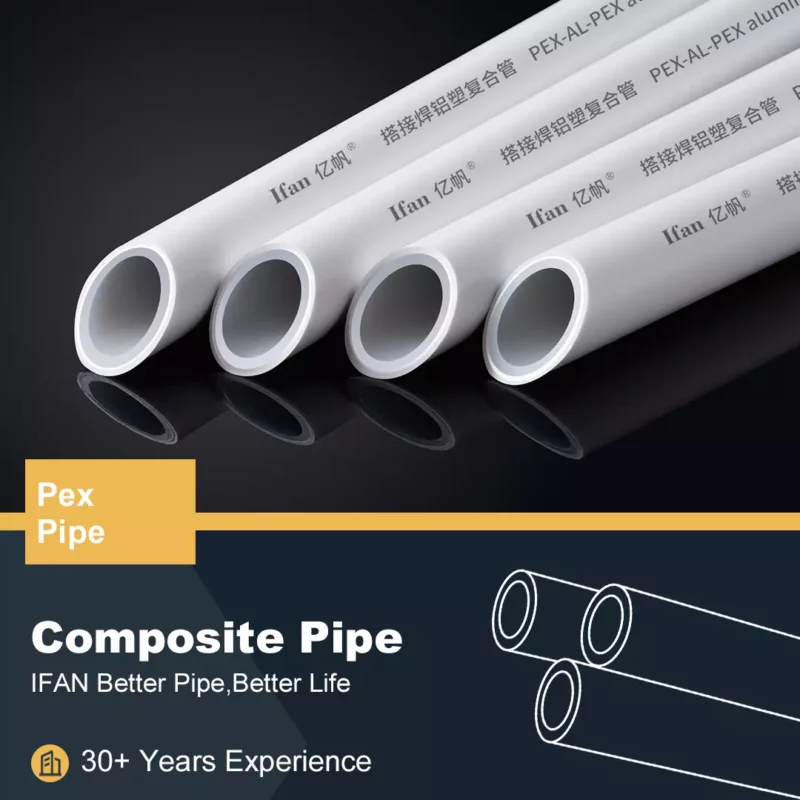








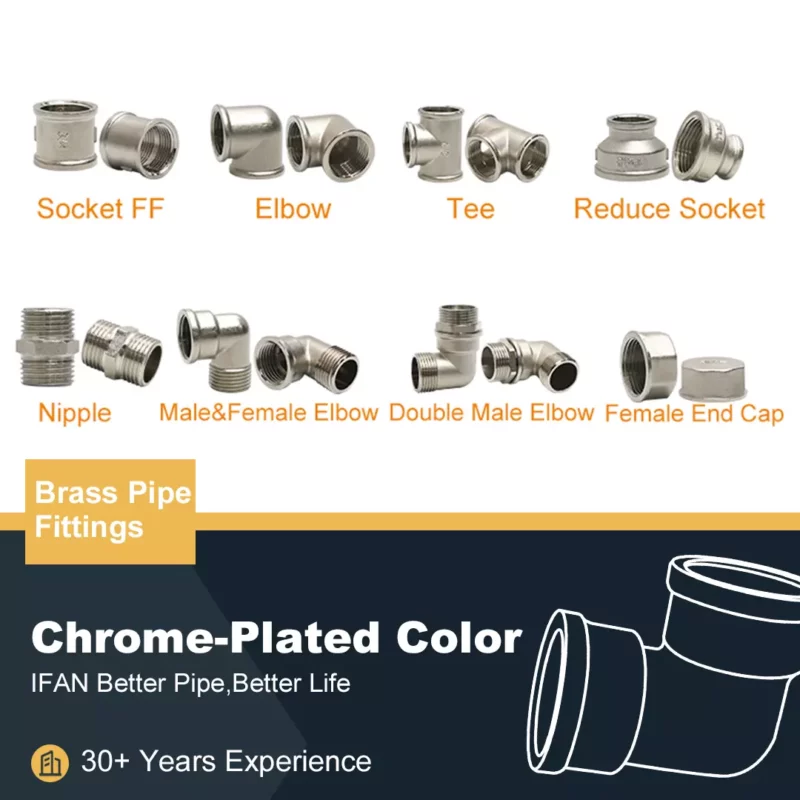
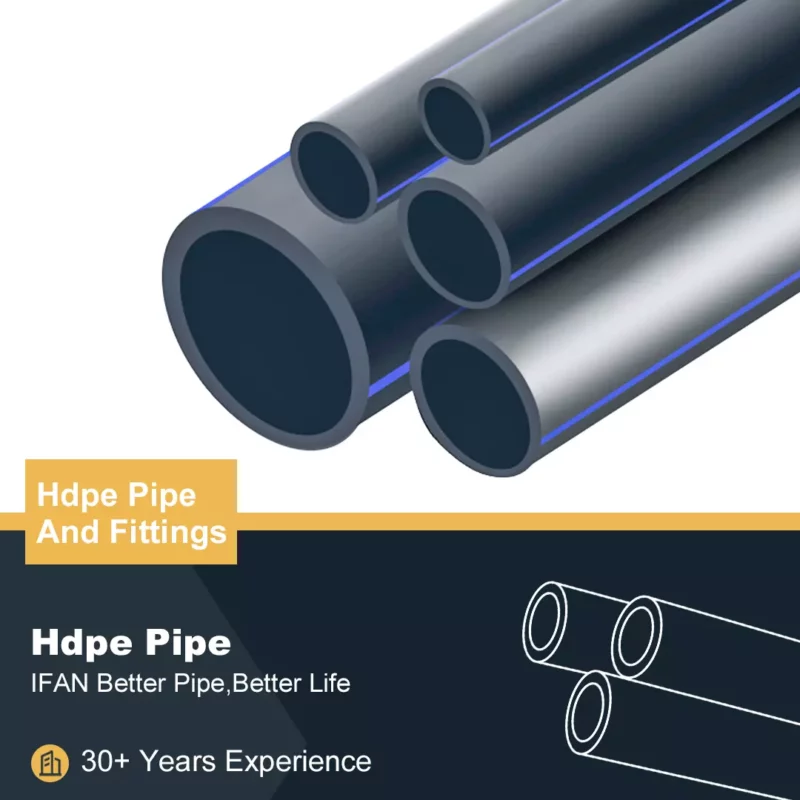




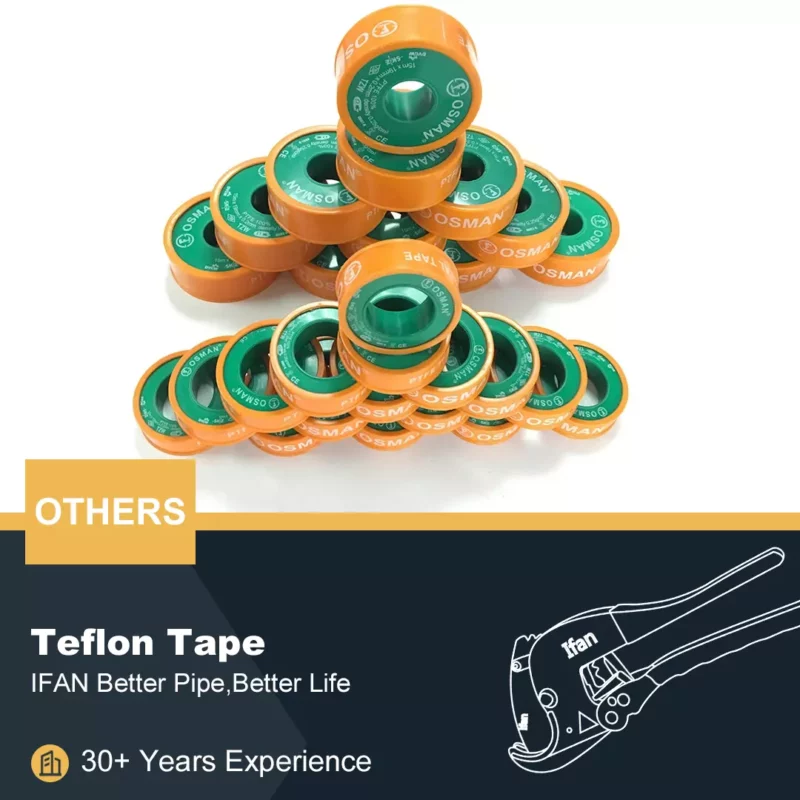












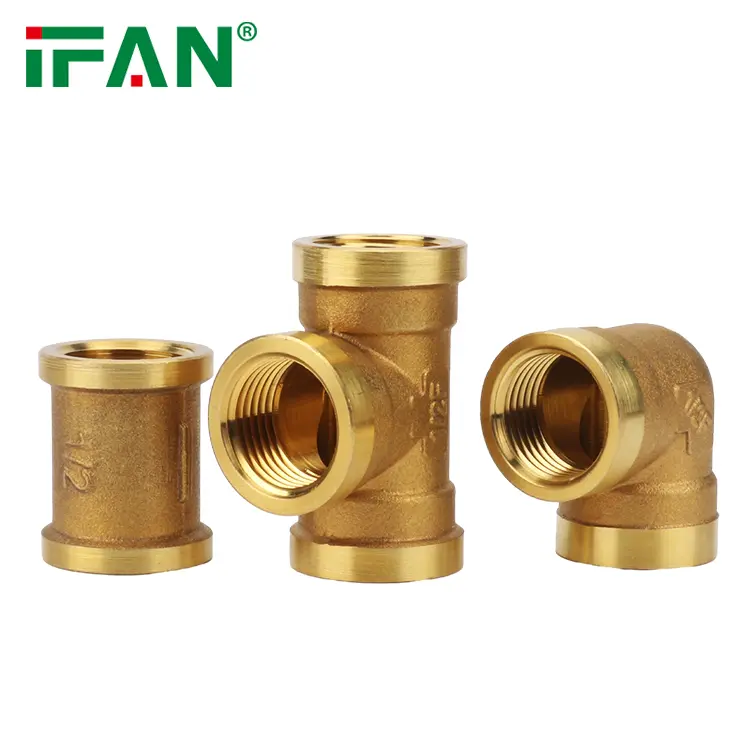
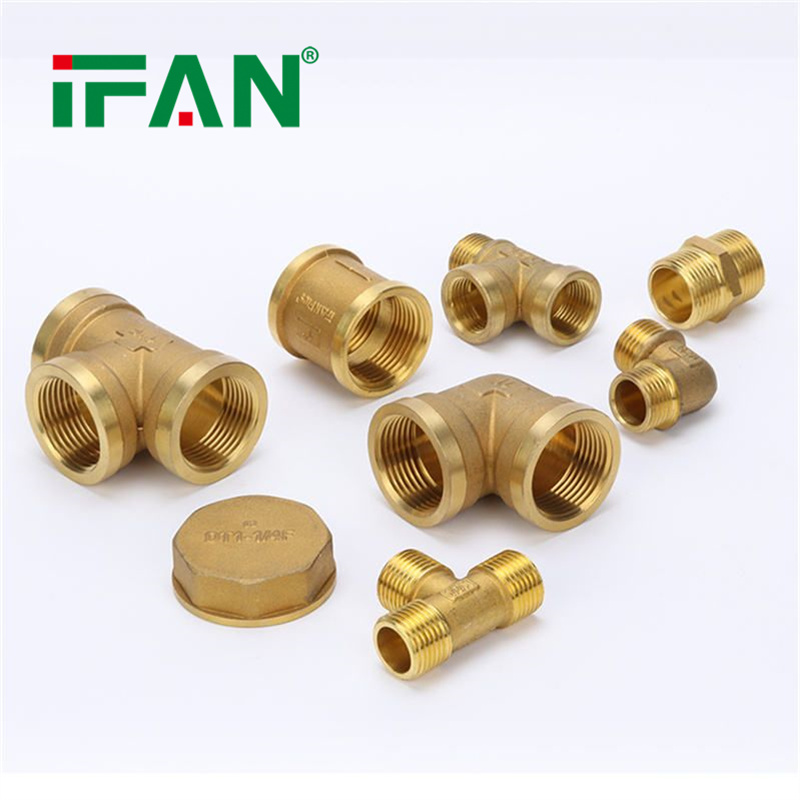






















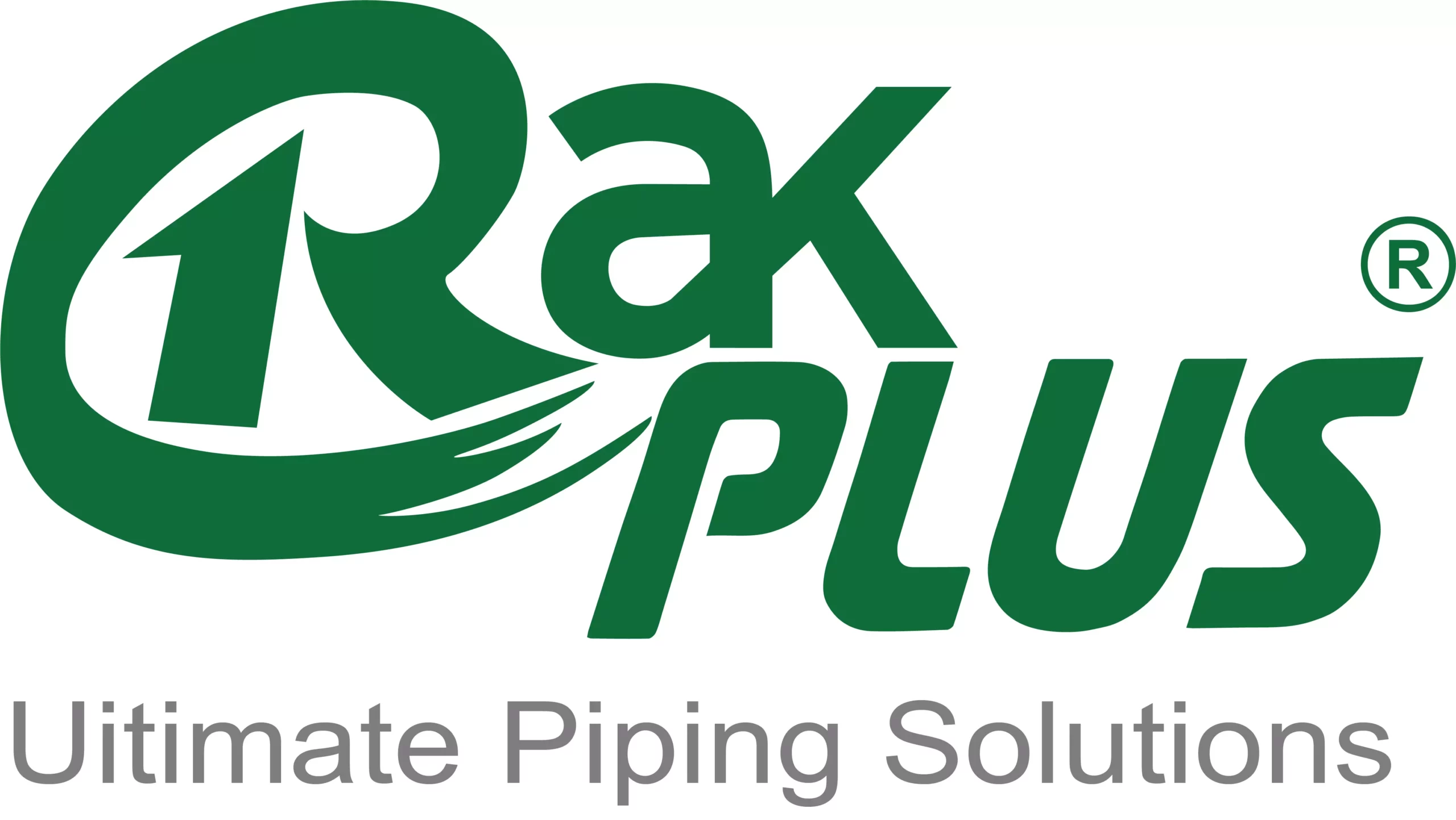


评价
目前还没有评价